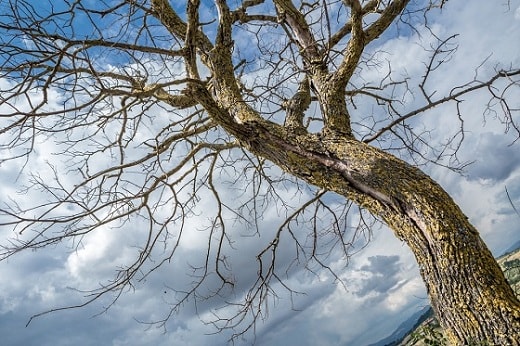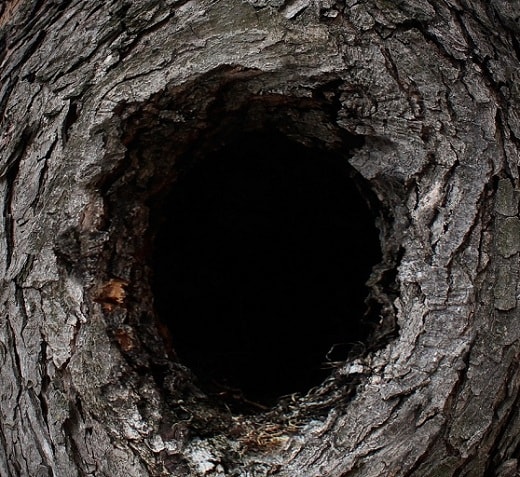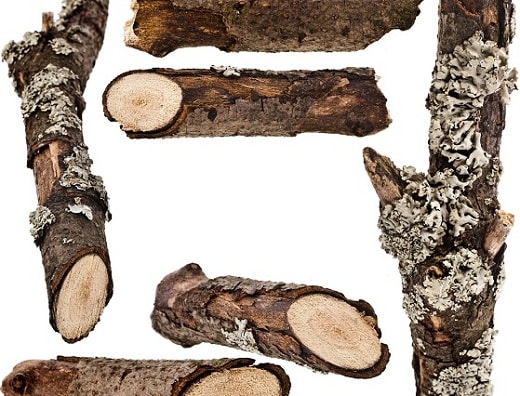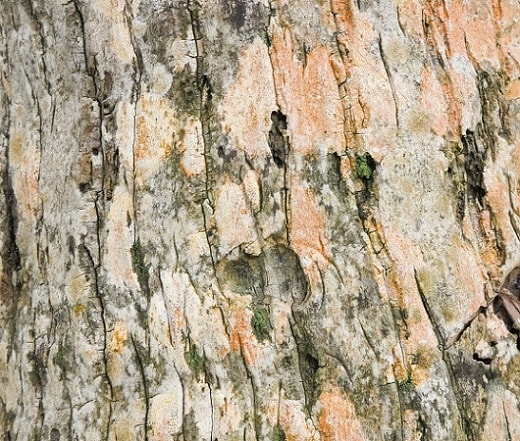Decaying trees are not just unsightly, they can pose safety hazards. Branches can potentially break and damage the structure of your home, causing serious injury, or even death. To prevent costly damage, inspect the health of your trees regularly. If you notice something wrong, chances are that the tree may be either sick or dying. The earlier you detect potential problems, the sooner you can take preventive measures to keep trees healthy and thriving.
Here are symptoms to look for when inspecting trees:

-
- Leaf drop – Excessive leaf drop is often a sign of a sick tree. Maples and pines shed leaves according to their natural seasonal cycle, but the sudden loss of leaves could indicate tree sickness or disease. Dark spots, odd colour, and shriveled leaves are also signs of disease.

-
- Holes in the trunk – When you find a hole or swelling on the tree trunk, it could be a sign of an unhealthy tree. Any signs of a rotting space or softness indicate a decaying tree trunk.

-
- Falling branches – Falling or broken branches is also an indicator of a sick or dying tree. Branches may easily snap during a storm or strong winds. Check the overall appearance of the branches for any signs of rot or insect damage.

- Decaying bark – While a healthy tree has a soft, pliable bark that evenly covers the trunk, an unhealthy tree may exhibit bald spots, flaking, and brittleness that easily falls off.
- Exposed roots – When the roots are constantly waterlogged or exposed to cuts from lawnmowers, they could be at risk for disease. Signs of sogginess (fungus growth and wood ears) could imply that the tree is in trouble.
What You Can Do to Save Your Trees
Determining the condition of your trees can be tricky. It takes a professional arborist to provide a complete assessment and exact diagnosis of the tree’s health. Before calling a tree care specialist, here are some simple methods you can use to see if your tree requires special care and treatment:
- Visual check – In addition to the symptoms provided, check for large cracks forming on the surface of the trunk or any unusual bending of the tree. These signs can signify that the tree be in danger of falling down.
- Twig test – Take a small branch or twig from the tree and snap it. Notice if it breaks easily and the inside is brown and dry. A healthy tree exhibits resistance, and the inside appears green and moist.
Unhealthy or diseased trees can still be revived with proper care and treatment. However, you might be required to move the tree to another place on your property to protect your home and your family.
For professional tree moving services in the GTA, Bolton, Caledon, and surrounding areas, call Caledon Treeland at (905) 880-1828. You can also email us your inquiries.

